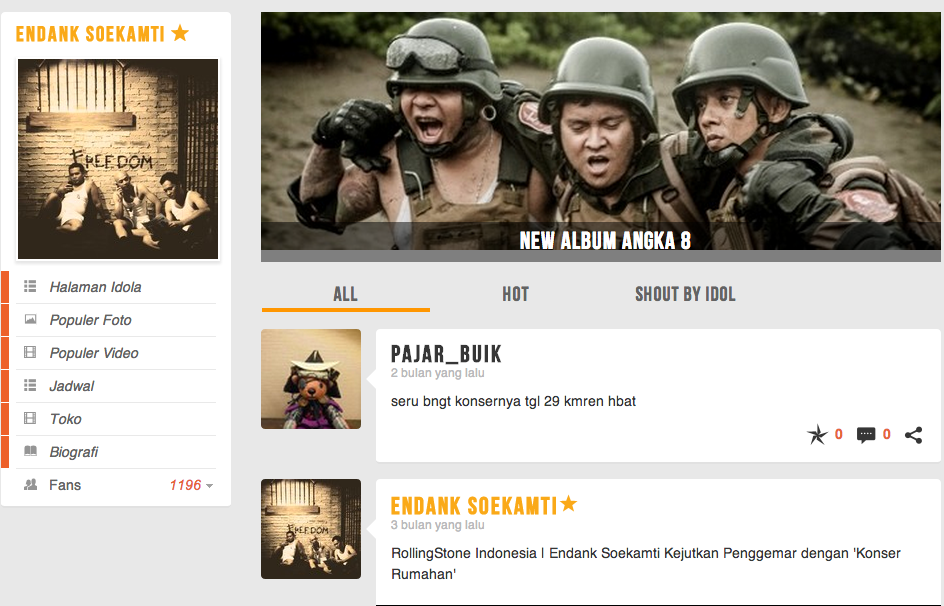Once again we are seeing a shift in youth behaviour. The movement of teens away from Facebook grabbed headlines back in November, and we’re wondering if we can expect the same for Chinese platforms such as Douban. Some in the Chinese industry are commenting that whilst user numbers continue to grow (here’s an article in Chinese reporting user subscriptions have doubled YoY) the activity of subscribers is somewhat lacking (at this point this is purely observational). Much like the findings shared in Facebook’s earning’s announcement, the users are there but they’re doing less and keeping accounts more out of obligation – to stay in the loop.
What’s driving the change? The first clearly identifiable trend that came to light in respect of Facebook is that of privacy – as late adopters (typically older family) come on board, they drive away the early adopters – the youth.
But there are other elements that come into play which could be more relevant in the case of both Facebook and Douban, such as specialism: Instagram and Tumblr have a particular affinity with very creative, liberal communities (with others such as Vine and Snapchat jumping on the bandwagon recently). Furthermore, these platforms integrate with the mobile lifestyles of the young social trendsetters and creatives. These people don’t sit at desks; they’re out exchanging novel information with flows of people (here you can see the increasing adoption of phone apps). Douban and Facebook are “doing a MySpace” offering everything (from music to apartment listings) to everyone (including mum and dad), and their association with the old “sit at the computer with a bowl of cereal” paradigm could be what’s dragging them down a little.
In the developing ASEAN region we’re seeing some territory-specific platforms such as Kincir come into play. Kincir is an online fan community dedicated to serving the Indonesian market (more at Music Weekly Asia). Kincir helps local artists to channel all their social network activity to a single destination. It makes sense that users with very specific needs would adopt a more niche platform, as niche platforms help to funnel relevant content.

The importance of information management (aggregation and filtration in particular) is only going to increase over the coming years. The need for relevancy is going to peak once technology companies, advertisers, and cities themselves begin to introduce augmented reality applications and spaces that help to integrate online information flows with the movements and activities of people offline. This of course has exciting and rather mundane implications on our lives.
Look at the City Codes exhibition hosted at Audi City, Beijing. This series of shows presents some really exciting applications for augmented reality technologies, and how our off /online selves could converge in the coming years. As alluded to, advertisers and commercial enterprises are sure to find some pretty mundane applications for augmented reality technologies (think supermarkets and shopping malls).
Keep an eye on what’s happening to the communities you’re interfacing with – does online activity align with offline activity? Is the online buzz matched with offline participation?
Trends to watch:
- Increased convergence between behaviour in online/offline spaces driven by mobile, niche apps.
- The individualisation of public spaces through said apps